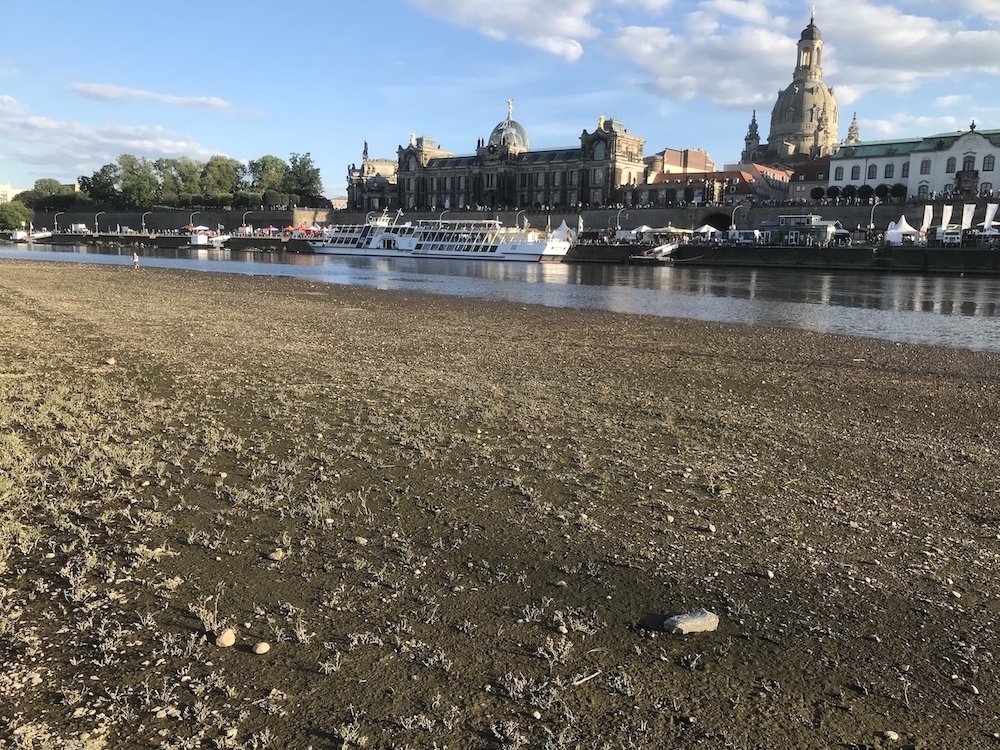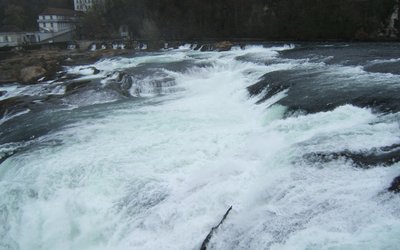Dryer summers and heavier rainfall: a bad combination
February 10, 2023

Photo: Low water level of the Elbe at Dresden during the dry summer of 2022
Dryer in the south, wetter in the north
Since the beginning of the previous century, the intensity of droughts has increased over central and southern Europe during the summer season and particularly during the summer half year, from April to September. Summers have become wetter in northern Europe. This was concluded from an analysis of precipitation and temperature data from weather station data across Europe over the period 1901–2018. This conclusion comes as no surprise. What makes this study interesting is the conclusion that the increase in drought conditions in the southern half of Europe is not due to less precipitation, but to higher temperatures, which increases evaporation and transpiration – evapotranspiration – by plants and from the soil.
More extreme droughts due to higher temperatures
Long-term trends in droughts are generally visualized by using indices that combine precipitation and temperature in some sort of measure of drought conditions. In this study, the experts calculated eight indices and combined them into one new index. This index illustrates the strong influence of rising summer temperatures on drought conditions over Europe. The severity of summer droughts will increase under global warming, particularly over southern and central Europe. What’s more, this increase will be accompanied by an increase in heavy precipitation events. After all, at higher temperatures the air can absorb more moisture and heavy downpour becomes more extreme. The latter effect worsens the drought conditions in Europe: these heavy downpours fall on dry soils and part of it does not infiltrate into the soil but runs off the surface, eroding the soil.
Source: Hänsel et al. (2022). International Journal of Climatology 42: 6235 - 6257.








